Step into a Montessori classroom at any given time and you will likely find the children busy playing. But the key behind the Montessori philosophy is that the play the children are engaged in is intentional and providing them the opportunity to learn valuable life skills and work through play.
The Montessori classroom designated for children between the ages of 3 and 6 is called Children’s House. Here, everything necessary for optimal human development is included in a safe and secure environment for children to explore and learn.
Within the Children’s House at Chesapeake Montessori School in Hampton Roads there are several core materials and activities that you’ll find for children to engage with. Each activity falls within a larger category that is part of the core of the Montessori philosophy. Included are sensorial, math, language, culture, and practical life. Each activity also has a specific way in which it is to be presented to the child as part of the overall learning process. Included with each activity below is a link that provides detailed information about how to create and present each activity as it coincides with the Montessori philosophy.
Sensorial materials are geared toward helping children in the process of creating and organizing their intelligence. Each material is scientifically designed to isolate a quality found in the world such as color, size, shape, etc. The isolation helps focus the attention on this singular aspect. Through repeated manipulation and hands-on experience using sensorial materials, the child is able to form clear ideas about things that could not be explained simply through words. “Our sensorial material provides a kind of guide to observation, for it classifies the impressions that each sense can receive: the colours, notes, noises, forms and sizes, touch-sensations, odors and tastes. This undoubtedly is also a form of culture, for it leads us to pay attention both to ourselves and to our surroundings,” Maria Montessori, in her book, The Absorbent Mind.
Two examples of sensorial activities used in Montessori classrooms are The Pink Tower and The Binomial Cube.
The Pink Tower
This is part of the sensorial area in the Montessori environment. It encompasses 10 pink wooden cubes with sizes ranging from the smallest cube at 1cm cubed to the largest at 10 cm cubed. The cubes increase progressively in the algebraic series of the third power. So the second cube equals 8 of the first while the third cube equals 27 of the first, and so on.
The purpose of The Pink Tower is to assist children in controlling voluntary movement as they place the cubes one on top of the other using a single movement of the hand. This also helps to improve visual-motor coordination. Additionally, the activity provides an introduction to mathematics and provides the child with the opportunity to use visual discrimination to sort the dimensions of the blocks.
Binomial Cube
Also part of the sensorial category, the Binomial Cube is comprised of a box with one red cube and three red and black matching prisms and one blue cube and three blue and black matching prisms. All the pieces, once assembled, form a cube of a binomial (a+b)3. The square of the binomial is painted on the lid of the box.. Visit http://www.infomontessori.com/sensorial/visual-sense-binomial-cube.htm to see detailed instructionsn on how the activity is presented.
The Binomial Cube physically represents a math equation and provides the foundation for the development of later math skills for children such as the cube of a binomial, the cube root, and preparation for the proof of the formula of (a+b)3 at Elementary Level. However, for the age of children in The Children’s House, the purpose of the material is not to teach math, but instead, to present the child the opportunity to find patterns and relationships. Therefore, the material is presented like a three dimensional puzzle and classified as a sensorial activity.
Maria Montessori believed that education is a natural process by which a child learns through experiences in his or her environment rather than through the mere act of listening. Beliefs such as this are what she used in founding the philosophy of a Montessori education and what make up the basis for activities presented in the Montessori environment.
“The environment must be rich in motives which lend interest to activity and invitee the child to conduct his own experiences,” Montessori said.
Come back for more!
This is the first post as part a monthly series that will explore core activities and materials found in Montessori Children’s House environments in the areas of sensorial, math, language, practical life and culture. Please check back with us next month for a more in-depth look at some math activities.



